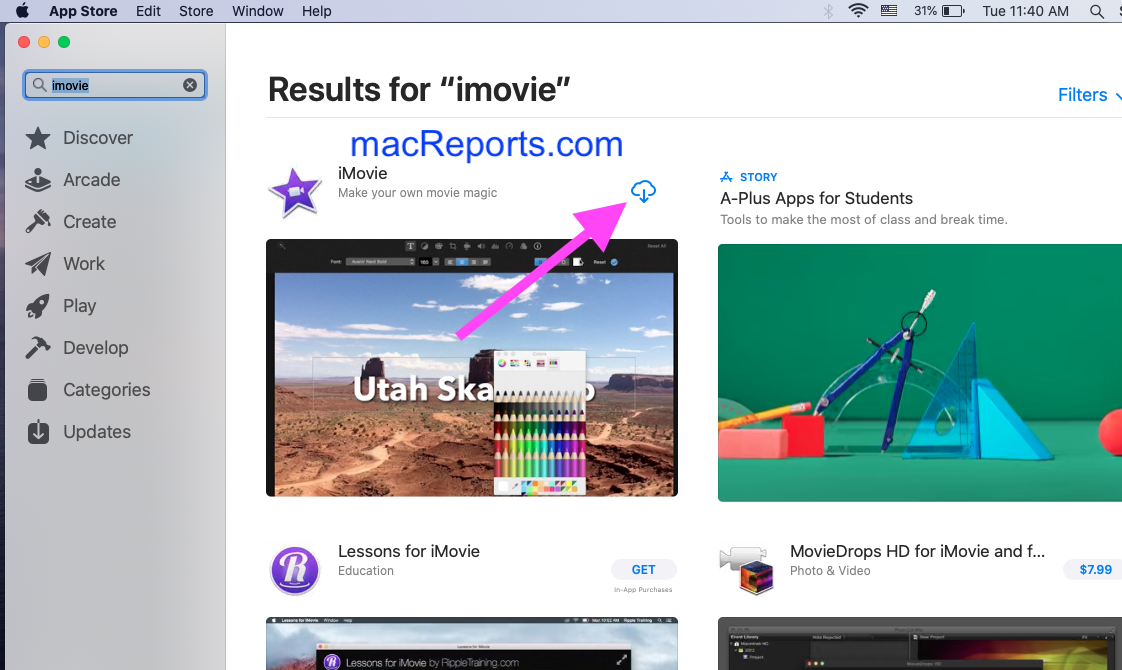Open iMovie on the source computer. Make sure both libraries are accessible from the source computer. Add the destination library to your computer. Select the source iMovie library. Select the project you want to move. Wait for the transfer to finish. I just created a new library when I did that because 'choose other library' wouldn't work, the same thing happened as before. I thought if I created the new library that it might keep all the old files on it, but nothing is there. Now when I open the iPhoto library on the harddrive, its empty. None of my old pictures are on there.
This tutorial will show you how to backup and save your iMovie project to a flash drive or hard drive. The process for backing up a Final Cut project is the same.
:max_bytes(150000):strip_icc()/addingfootagetoimovie-56a2499d5f9b58b7d0c8bb54.jpg)
Movie Library

iMovie will autosave all of its data and assets (video, images, audio) into a library file called iMovie Library in the Movies folder of the computer you are working on for the day. Every time you make a change or add to your project in iMovie, your project will autosave. This iMovie Library file must not be renamed or it will stop working.
When you are done editing for the day, close out of iMovie by click on the red button in the top-left corner of the program. This will ensure that your project saves one last time before you back it up.
Next, locate your iMovie Library in the Movies folder by either double-clicking on the Macintosh HD icon in the top-right corner of your desktop, or clicking on the Finder icon at the bottom of your screen. This will bring up a new Finder window.

The Movies folder is located on the left-hand side of this Finder window, so click on Movies. Your iMovie Library or Final Cut project will be listed in that folder. This is the file you will want to move back and forth, between your external storage and the computer.
The iMovie Library will be named accordingly and the icon looks like two pieces of film. The Final cut project will either be named “untitled” or will have the name you gave it, and its icon is 4 purple squares with stars in them.
Do not double-click on this file, otherwise, it will open your project back up and you will have to close out of iMovie again.
Right-click on your iMovie Library file. Within this menu, select “Compress iMovie Library.” This will compress your file into a .zip file, which protects your file, and creates a second backup.

Once you’ve compressed your iMovie Library, you should now have a file called iMovie Library.zip in this list as well.
Backing Up:
Plug your drive into the computer via USB port. USB ports are found on the back, right side of the iMac. Most drives can also work if plugged into the underside of the keyboard.

Your drive will show up on the Desktop, and you can double-click on your drive to open it and see its contents. If you choose this method, you should have two Finder windows open — one with your iMovie Library, and one for your external storage. The name of your drive will likely be the brand name of the drive.
To back up your project to a flash or hard drive, drag both your iMovie Library.zip over into the other Finder window (your drive). Dragging and dropping your file will make a copy of it.
If you have an older version of your iMovie Library in your storage folder, the computer will ask you if you wish to replace it with your new project. Select “Replace” in order to overwrite your old iMovie Library with your new iMovie Library. Be careful not to overwrite your current iMovie Library!
Once your iMovie Library and iMovie Library.zip files are copied into storage, you are all set to logout of the computer! Now you will have your projects backed up, so you can restore them and work on them again later.
To restore your project from an external drive, you will reverse the back-up process and this time move the iMovie Library.zip from your flash or hard drive to the Movies Folder. You will need to to this before you launch iMovie.
Once your iMovie Library is back in the Movies folder of your computer, eject whichever external drive you had connected to the computer by right-clicking on the icon on the Desktop, and select “Eject.” This will ensure that you are not working from your backup copy of your project.
Once your drive is ejected, double-click on your iMovie Library in the Movies folder, and all of your work will return so you can continue editing.
Open Imovie Library In Finder
If you are not 100% sure about how to back up your files to the Media Commons Storage Space or have general questions, please contact us before you leave the Media Commons editing lab.